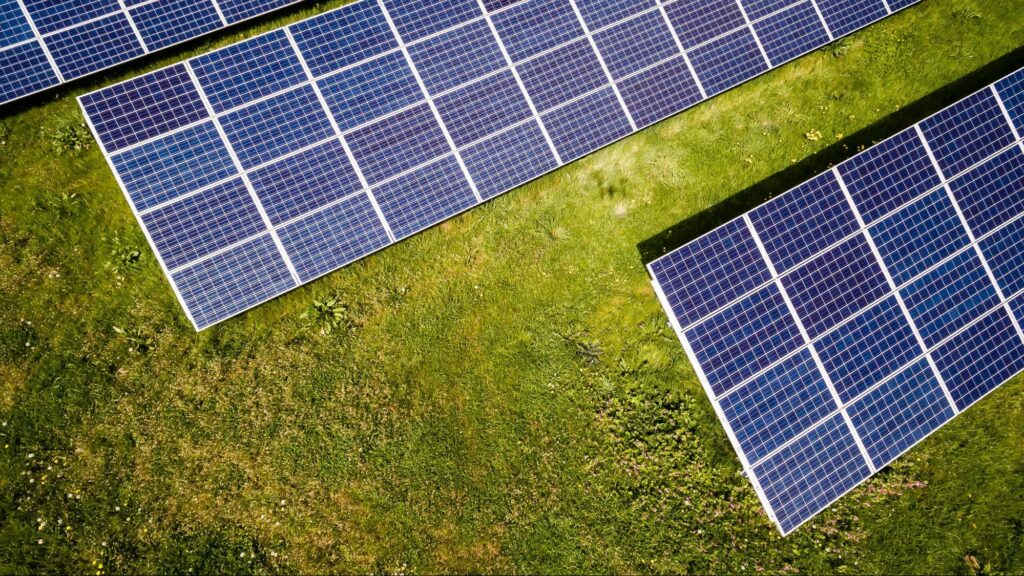Few sectors illustrate the changing whims of consumers quite like the energy market. Traditionally, buying power meant dealing with large utilities, a monthly heap of paperwork, and little choice. Today, however, the playing field is changing as consumers become increasingly choosy about where their power comes from and how it is used.
Empowered Consumers Drive Change
Energy consumption today intertwines with identity, ethics, and lifestyle choices. Consumers are no longer passive recipients of power, but spirited actors yearning for conscious choice. Renewable energy sources are leading the surge, with solar and wind power undergoing demand shifts. Homeowners aren’t merely concerned about cutting costs but are actively seeking to lower carbon footprints and align with broader environmental goals.
This change isn’t merely individual. Collectively, communities are banding together to source sustainable energy. Microgrids, where local power generation supports community needs, exemplify this grass-roots approach. Power is becoming decentralized, more local, and attuned to specific user requirements.
The influence of social movements and increasing environmental awareness among the younger generation cannot be understated. Many consumers view their energy choices as part of a broader responsibility towards sustaining the Earth for future generations. This consciousness is forging a new synergy between consumer behavior and energy solutions that cater to these ideals, fostering an ecosystem where environmental priorities are central.
In states like Texas, where energy providers are numerous, consumers are exploring various options that fit their sustainability aspirations and financial needs. From renewable sources to competitive rates offered by the different electric companies in Texas, the choices available empower individuals to align their consumption with both personal and environmental values.
Behind the Meters: Data and Autonomy
No analysis of today’s energy market is complete without acknowledging the role of data. Smart meters are more than just devices; they feed information on consumption patterns back to suppliers and users. This data-driven insight allows consumers unprecedented autonomy over their energy use, optimizing power consumption to off-peak times, thus saving money and resources.
Furthermore, data-backed systems offer flexibility that conventional energy sources can’t. Time-based pricing models are becoming the norm, rewarding savvy individuals who adjust their consumption habits according to supply and demand dynamics.
Additionally, the educational impact of data access is significant. As consumers become more informed about how their behaviors affect energy usage, there is a noticeable trend toward adopting energy-saving practices. This knowledge encourages proactive engagements, turning simple energy consumption into a strategic game where reduced usage during peak hours equates to both personal savings and broader environmental benefits.
Peers, Not Players
Consumers are also becoming peers in the energy game. With the advent of technologies like blockchain, there’s potential for individuals to trade energy between each other. This peer-to-peer energy trading removes traditional utilities from the equation and places energy exchange power directly into the hands of consumers. This transition not only increases choice but also competition, which can lead to more affordable energy options for everyone involved.
This system of consumer-to-consumer energy exchanges is expanding, with neighborhoods and small communities exploring cooperative models. By leveraging excess energy generation from rooftop solar panels or home battery systems, these networks are fostering a self-sufficient environment that decreases dependency on centralized power grids and increases individual household resilience.
Bold Integrations and Unlikely Players
As consumer appetites change, tech entities and startups are launching into the energy market. Companies previously confined to software are launching ventures into energy solutions, integrating platforms that allow businesses and individuals to make informed energy choices. These new market entrants offer fresh technologies and perspectives, taking advantage of emerging cost efficiencies in the renewables sector.
Additionally, transportation isn’t merely buzzing with innovations, as electric vehicles make a sizeable impact. As demand for electric cars grows, energy companies are pressed to provide accessible charging points, further intertwining the sectors of automotive and energy.
The responses from these technological players signify not just an adaptation to consumer trends, but a reinvention of industry practices that are more aligned with today’s resources and consumer aspirations. As these developments unfold, the energy sector is transforming into a tapestry of interconnected systems that offer a seamless blend of sustainability, convenience, and choice.
The Road Ahead
The rapid evolution within the energy market aligns with changing consumer habits. The days when the only choices were conventional power suppliers are waning. Consumers today are tapping into more personalized and eco-friendly energy solutions.
The thrust of this evolution is centere not around flashy technological advancements but genuine demand for change, so the industry response has been quickly adaptive. Consumer behavior is the bellwether, guiding these transformations, injecting vitality into an industry once considered stale. As trends suggest, the future market will be shaped not by what utilities want to provide, but by what consumers insist on receiving.















